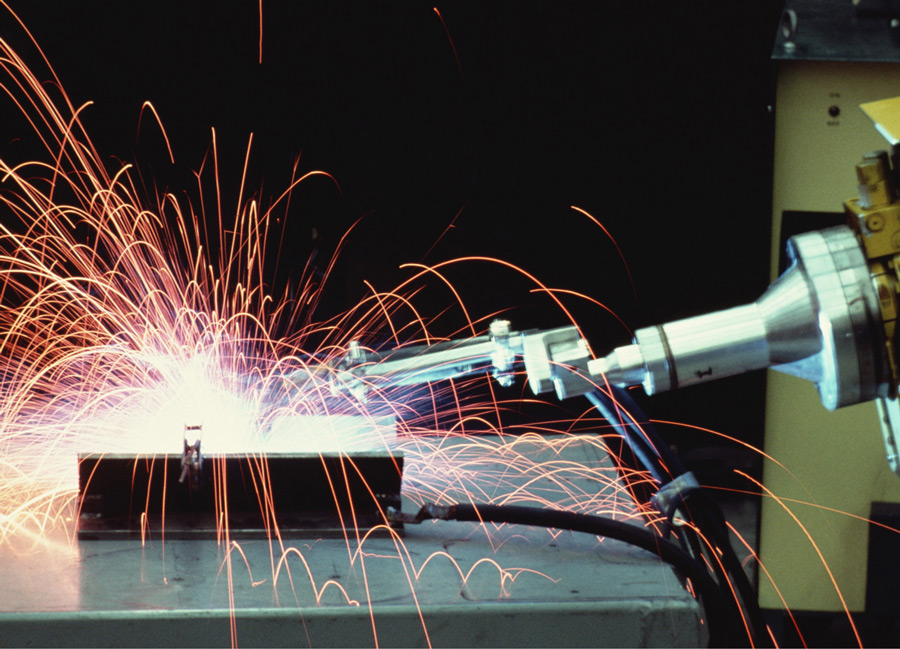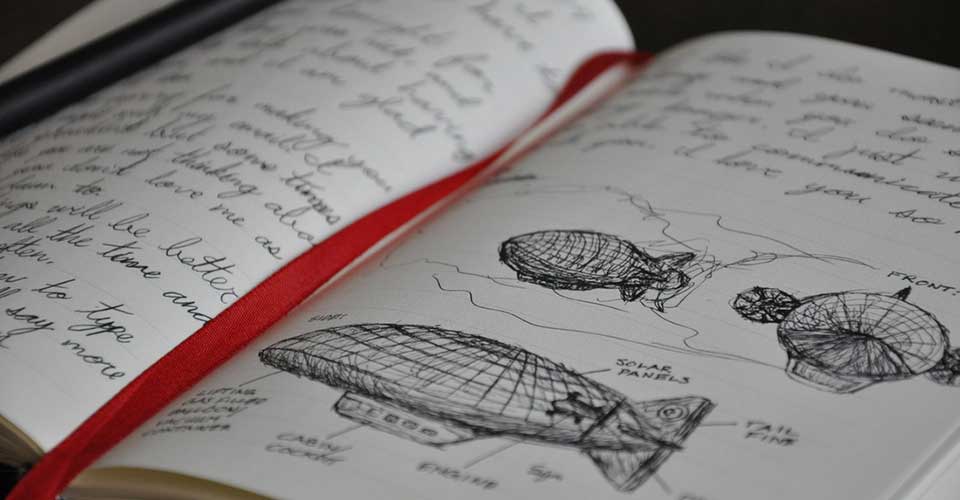Our business is manufacturing. Product development is a means getting your invention onto a production line. Our primary mission is to take your product from a concept drawing to a manufacture ready state and into actual production.
Initial meeting
- what is discussed
- what makes a qualified customer
- who will be at the meeting
- how long will it take
- is there a cost for the first meeting
- tour the showrooms
- why tour the showrooms?
- product / concept explanation
- design options
- manufacturing discussion
- materials discussion
- assembly discussion
- prototype discussion
- packaging discussion
- shipping options
- LOE explanation
- holding inventory and selling vs trying to sell the idea to a white knight
- timelines discussion
- liability discussion
- who owns what
- live in the real world of an inventor……the idea may not work or be successful
- patents and trademarks
- going outside the realm of the LOE definition and what to expect
- what happens if you change horses midstream
Stage 2
- research
- engineering – mechanical / electrical
- spec files creation
- bill of materials creation
- spec files approved by customer or changes made
- materials sourcing
- custom materials creation
- mold types overview
- prototypes
- reworking prototypes and possible additional costs
- air freight cost reality
- don’t reserve a trade show booth before you get your first prototype
- testing by lab or customer for in field tests
- What types of labs are out there?
- How long should in-field testing last?
- shipping options and potential delay out of our control.
Our business is manufacturing. Product development is a means getting your invention onto a production line. Our primary mission is to take your product from a concept drawing to a manufacture ready state and into actual production.
Initial meeting
- what is discussed
- what makes a qualified customer
- who will be at the meeting
- how long will it take
- is there a cost for the first meeting
- tour the showrooms
- why tour the showrooms?
- product / concept explanation
- design options
- manufacturing discussion
- materials discussion
- assembly discussion
- prototype discussion
- packaging discussion
- shipping options
- LOE explanation
- holding inventory and selling vs trying to sell the idea to a white knight
- timelines discussion
- liability discussion
- who owns what
- live in the real world of an inventor……the idea may not work or be successful
- patents and trademarks
- going outside the realm of the LOE definition and what to expect
- what happens if you change horses midstream
Stage 2
- research
- engineering – mechanical / electrical
- spec files creation
- bill of materials creation
- spec files approved by customer or changes made
- materials sourcing
- custom materials creation
- mold types overview
- prototypes
- reworking prototypes and possible additional costs
- air freight cost reality
- don’t reserve a trade show booth before you get your first prototype
- testing by lab or customer for in field tests
- What types of labs are out there?
- How long should in-field testing last?
- shipping options and potential delay out of our control.
CMS WorldGroup will package your idea, provide a patent referral, and submit your idea to companies who want to receive new ideas. Put our 30 years of experience to work for you. Get started today!
Our business is manufacturing. Product development is a means getting your invention onto a production line. Our primary mission is to take your product from a concept drawing to a manufacture ready state and into actual production.
Initial meeting
- what is discussed
- what makes a qualified customer
- who will be at the meeting
- how long will it take
- is there a cost for the first meeting
- tour the showrooms
- why tour the showrooms?
- product / concept explanation
- design options
- manufacturing discussion
- materials discussion
- assembly discussion
- prototype discussion
- packaging discussion
- shipping options
- LOE explanation
- holding inventory and selling vs trying to sell the idea to a white knight
- timelines discussion
- liability discussion
- who owns what
- live in the real world of an inventor……the idea may not work or be successful
- patents and trademarks
- going outside the realm of the LOE definition and what to expect
- what happens if you change horses midstream
Stage 2
- research
- engineering – mechanical / electrical
- spec files creation
- bill of materials creation
- spec files approved by customer or changes made
- materials sourcing
- custom materials creation
- mold types overview
- prototypes
- reworking prototypes and possible additional costs
- air freight cost reality
- don’t reserve a trade show booth before you get your first prototype
- testing by lab or customer for in field tests
- What types of labs are out there?
- How long should in-field testing last?
- shipping options and potential delay out of our control.
I have an invention idea. Where do I start?
Do you have the next greatest product idea? This could be a very exciting time for you as an inventor, but you can’t just assume that your invention is going to work. You first need to do some extensive research and documenting before you find investors or continue with your inventing process. At CMS WorldGroup, we are here to help.
Following are some basic steps you might want to take to develop an idea into a marketable product.
Market Research
The first thing you need to do in your inventing process is to conduct market research. You want to find out whether there are any other products on the market that are similar to your idea. Visit department stores, specialty shops, electronic stores and search online for products that meet the specifications of your idea. Are these different from your idea? Does your idea improve on an existing product? Is the cost of your product competitive with other similar products? How well do these similar products sell? These are all questions you must answer before you continue with your invention.
Patent Research
If you still find that your idea could be the next greatest product, then you will want to conduct a patent search to see if there is an existing patent held by someone else on an idea or product similar to the one you have in mind. Go to the U.S Patent and Trademark Office website and search the database using keywords that represent your idea.
If your invention is an improvement or a change of use on an existing product then you can continue with your inventing process.
At this stage in the game, you are not necessarily ready to file a patent for your invention, but you want to make sure you aren’t infringing on an existing patent with your idea. This is why conducting a patent research at the beginning of your invention process is so important.
Documentation
Once you know your basic idea is not patented or that it can be an improvement on an existing product, you need to fully develop your idea. Adding all the details, the purpose of your invention, explanation of the idea and even have basic sketches of your idea are all critical to securing a patent later on.
Basic Prototype
A prototype or model of your idea is essential. When first developing your idea, you don’t need a working prototype or even a beautiful one, but you should put together a rough prototype made of modeling clay or even paper. Having a rough example of your invention will help us here at CMS WorldGroup manufacture a working prototype for market testing.
Contacting CMS WorldGroup
Once you have your specifications and a basic handmade or molded prototype you are ready to contact the manufacturing experts CMS WorldGroup who will bring your idea to life. If the proper documentation is provided, CMS WorldGroup can produce professional drawings, and in many cases, a computer 3-D model of your invention.
Investors
Once you have professional drawings and a 3-D computer model of your invention, it may be a good idea to start to look for investors for your product at this stage. To convince an investor your idea works, you may want to first have a working prototype of your invention.
It is important to note that CMS WorldGroup does not invest in product inventions. Our role is limited only to the manufacturing process. However, we may be able to pass a referral to you of interested investors at no cost to you. You can also look for funding by applying for grants, loans or even finding a government program that will help you accomplish your goals. You may also want to consider venture capital, which is money from enterprises or corporations that offer investment capital in exchange for revenue profits.
The Working Prototype
As mentioned before, you don’t need a working prototype to find investors for your invention idea, but inventors with a working prototype often do better with funding options.
Once you know your invention works, and you find funding, by either funding it yourself or through investment capital, you are ready to patent your product. By seeking a patent you protect your invention from infringement; meaning other manufacturers cannot copy your idea and market it themselves. A design patent protects your invention for 14 years from the moment it is authorized, meaning that during that time, no other manufacturer can make a product exactly like yours.



